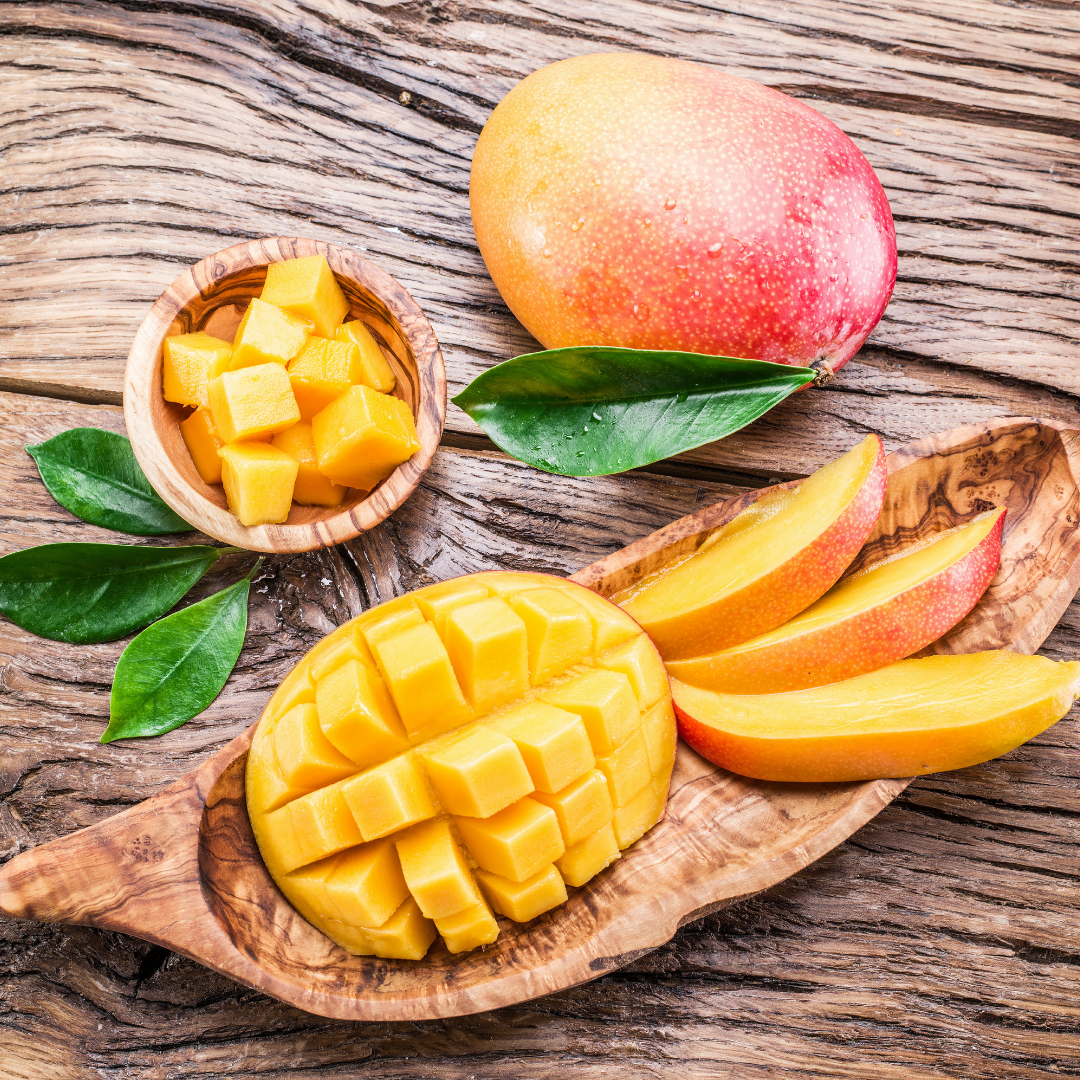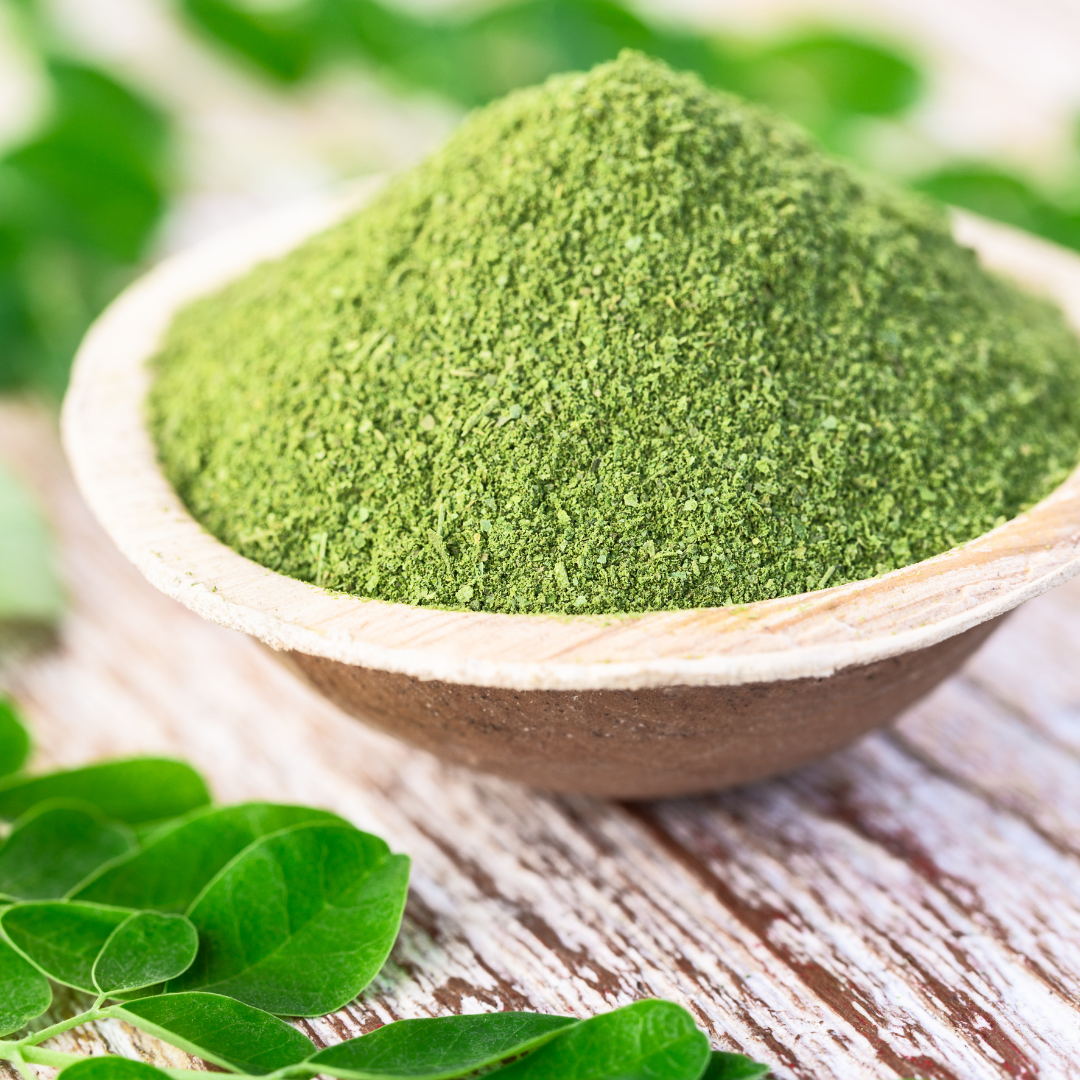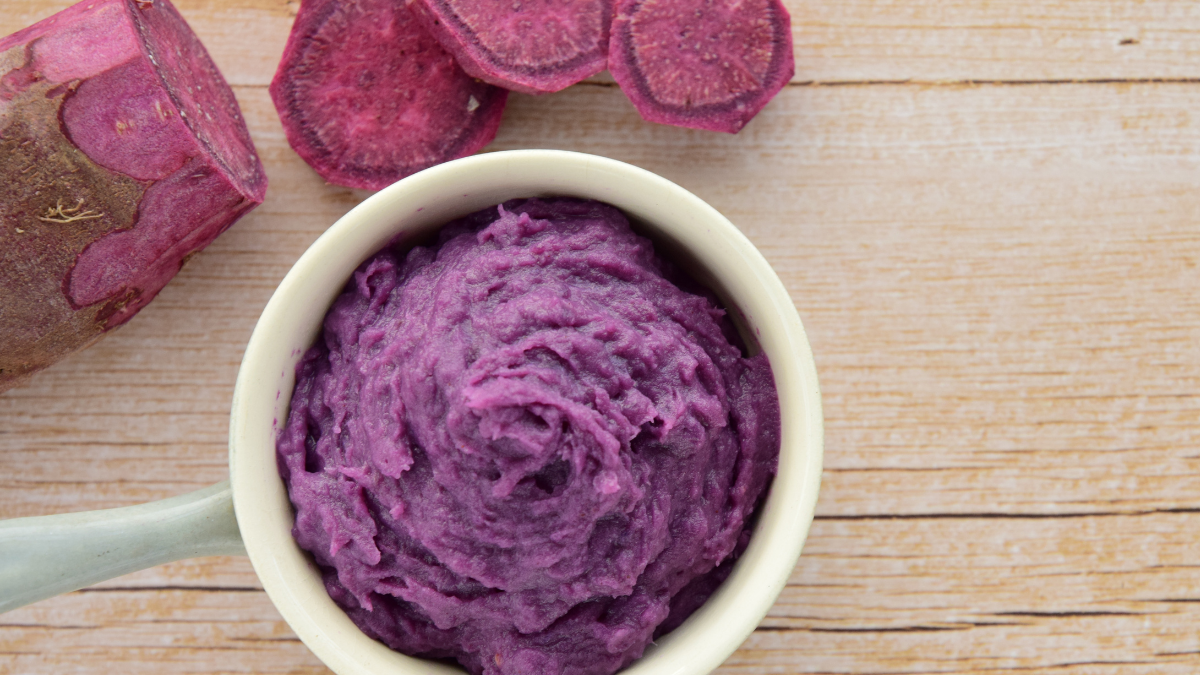In the early ’90s when I was in third grade, my teacher asked the class, “What’s your favorite food?” My peers answered, “pizza!” and “mac and cheese!” and “chicken nuggets!”
Sure, I liked those foods, but they weren’t my favorites (they still aren’t!). They aren’t bright, juicy, and flavorful like many of the “real foods” I grew up eating in my home. Then it was my turn to answer.
I proudly exclaimed “Mango!”
Crickets. Even my teacher looked a little puzzled.
Finally, someone said, “What’s a mango?!”
I responded as kids do, “What?! You’ve never had mango? It’s the best fruit EVER!”
The following day, I decided to bring in some mango for my classmates to try. It was a hit! They loved the vibrant orange color, the citrusy sweet taste, and the fact that they learned about a “new” fruit that nobody had ever heard of before.
A friend of mine asked me, “How did you know about mango?” I said, “My Mama (grandma) buys them all the time!”

Many Traditional Filipino Foods are Superfoods
I grew up in a predominantly Filipino household. My dad is caucasian, but my mom, her parents, and two of her siblings living with us at any given time made our home Filipino. Boy, do they know how to cook! I quickly learned that my culture revolves around food.
If you’ve ever been to a Filipino household, you know that two things will happen upon entering. First, you have to take your shoes off. Then, you have to eat the food being offered to you. It’s a way of life.
On any given day, you would find these traditional foods in our fridge:
Mango: high in vitamin C, antioxidants, and supports the immune system
Ginger: natural treatment for nausea and indigestion, anti-inflammatory, and anti-oxidant rich
Coconut: contains healthy fats, electrolytes, and can support healthy cholesterol levels
Avocado: contains healthy fats, fiber, potassium, and supports heart health
Bok choy: high in folate, calcium, anti-inflammatory, anti-oxidant rich, and reduces risk of heart disease
I grew up eating all of these foods (except coconut, I’m allergic… I know, worst Filipino ever) and never thought anything special of it. As I got older, I came to realize that many of these traditional Filipino foods are considered to be superfoods.
It turns out, my Mama really does know best! She had been eating many superfoods for decades, well before they ever received the distinction. Ancient wisdom is amazing, isn’t it?
What’s The Next Superfood, Mama?
There are two traditional Filipino foods that my Mama introduced to me as a child that are already making their way into restaurants and health food stores. Moringa and ube would be her two picks and both have the potential to become the next superfoods.

Moringa, also called malunggay (mah-LOONG-gai), has already hit the health food scene in herbal tea and capsule form. Mama has been cooking with malunggay leaves for as long as I can remember. Moringa is rich in antioxidants, may reduce inflammation, and possibly reduce cholesterol levels.
Ube (OOH-beh), or purple yam, is also starting to make its way into mainstream restaurant food. With its vibrant violet color, the cousin of the sweet potato has long been eaten in the Philippines as a purée with coconut milk or added to bread, ice cream, traditional halo-halo frozen dessert, and other desserts. Ube is rich in vitamin C, antioxidants, and may improve blood pressure and gut health.

If you can manage to get a hold of any of these foods, consider yourself lucky! You may have an easier time locating them if you live close to an area with an Asian influence. Currently, I can only get these foods when I visit my mom and Mama, or from my next door neighbor (who happens to be Filipino of course) that gets her food from a local Asian Market.
Now if you ask a third-grader what their favorite food is, “mango” might not be such a rare answer anymore! However, “ube” might still require having the wisdom of a Filipino grandma, for now.


